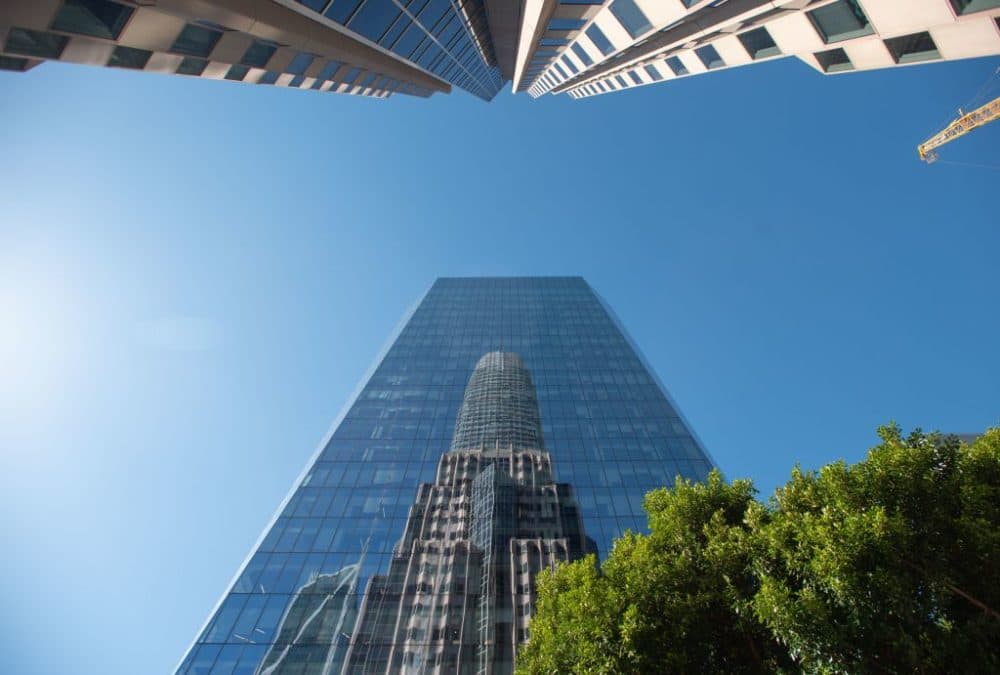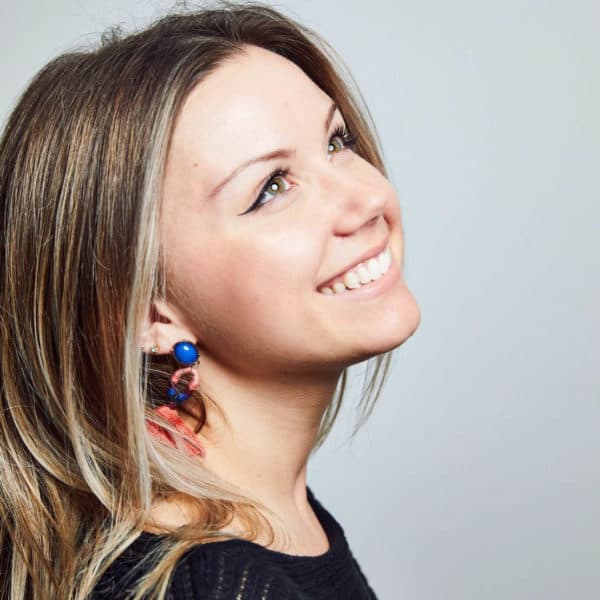Advertisement
Salesforce Executive's Tips For How To 'Reimagine' Office Space In Post-Pandemic World
Resume
If you normally work in an office, you've likely been thinking a lot about what the future of your work world will look like.
Companies like Twitter and Square have announced they're allowing employees to work from home — forever.
Salesforce, a software and cloud-computing company based in San Francisco, is mulling over the idea of work-from-home flexibility in the future.
“It's kind of incredible with everyone working from home, how successful that's been. That's been a big awakening for us — something that we, I don't think anybody, really expected,” Salesforce executive Elizabeth Pinkham says.
(Note: Salesforce is an NPR financial supporter.)
Data from recent employee surveys found a majority of Salesforce employees that were surveyed say they do want to come back and work in the office, but not all five days of the workweek, she says.
The company has more than 50,000 employees with offices in more than 160 locations around the world — a big undertaking for strategizing a reopening plan when each country, state and even city has differing mandates.
To craft a comprehensive plan, Salesforce has laid out “a set of guiding principles” that can be applied location by location. The principles include observing local government guidance where their offices are located, getting on-the-ground perspectives from Salesforce management, and analyzing the health care system capacity in each region.
Next is “reimagining” the workplace when employees do come back, which will look and feel different because of social distancing guidelines, Pinkham says. Floor plans will be remastered in every building, she says.
“So, for example, a floor that used to have, say, 100 seats is now only going to have 40 to 50 seats because of the physical distancing. A meeting room that used to be able to have 14 people might only hold five people,” she says. “So this is really a new world.”
The Salesforce team is also discussing schedule shifts within the building, managing different teams to come in at staggered times.
Everything — even aspects that were once considered mundane — will be reexamined, Pinkham says. Take elevators, for example. Salesforce’s skyscraper in downtown San Francisco features a rooftop garden with a Starbucks and amphitheater — but one must take an elevator to get there.
“A couple of days into this new world of working from home when we had already started thinking through the plan to come back, we all sort of had this collective gasp as somebody brought up elevators,” she says. “Right away we realized that that is a choke point.”
What was once a convenient feature to take employees soaring through 61 floors of Salesforce Tower could now “bring the whole thing down,” she says.
Part of the solution lies within a “new daily habit” that Salesforce will establish, she says. Face coverings will be provided for all, reminders about handwashing will be brought up often, hand sanitizer stations will be placed throughout the office space and thermal infrared imaging for temperature reading will be performed at certain locations with large lobbies.
Touchless temperature reading kiosk stations will be featured on every floor, she says.
As part of their readiness plan, Salesforce is also working with building owners to go over a checklist of items regarding windows, air recirculation and exhaust systems. A new study suggests air conditioning systems can circulate and spread infected droplets in the air.
There are a lot of aspects that can’t be controlled, she says, such as employees who take public transportation. But within Salesforce buildings, “we can control quite a bit,” Pinkham says.
Cleaning will be performed all day long, with several deep cleans happening per week.
If someone within a building tests positive for the coronavirus, a decontamination cleaning will immediately shut down the entire floor and contact tracing will begin.
The other side of a job — besides productivity and output of the work — is engaging in the workplace culture and having face-to-face interactions. The Salesforce Tower in San Francisco was built with the idea in mind that employees would be able to interact with each other, while also giving the general public access to use the building.
Culture and collaboration are vital to the company, she says, which is why executives have been having discussions on the topic “since day one.”
Pinkham says executives now are using this strategic reopening plan as “an opportunity to be a bit more thoughtful, maybe a bit more intentional” about creating space and schedules for maximum productivity while “keeping that culture alive.”
Lynn Menegon produced this interview and edited it for broadcast with Tinku Ray. Serena McMahon adapted it for the web.
This segment aired on May 19, 2020.

